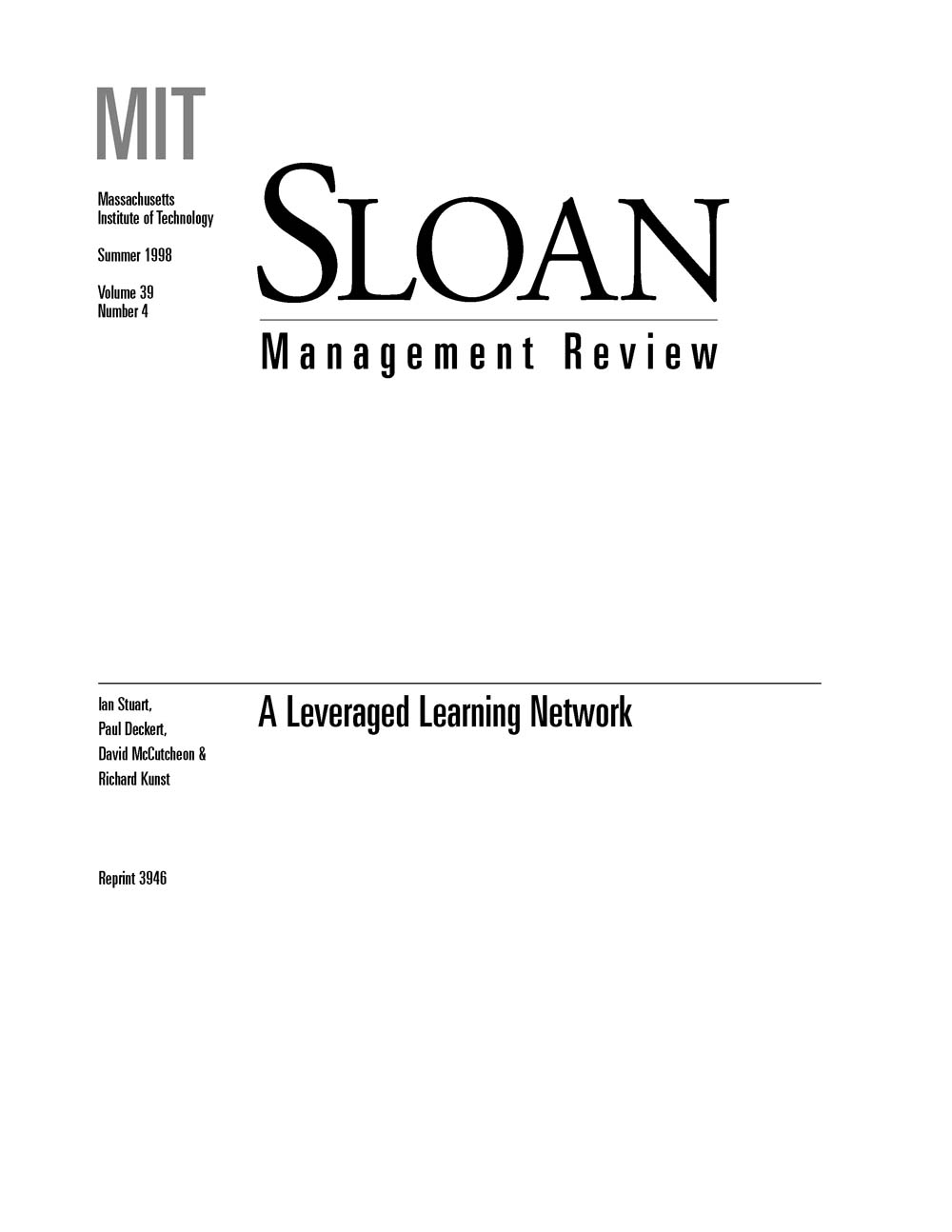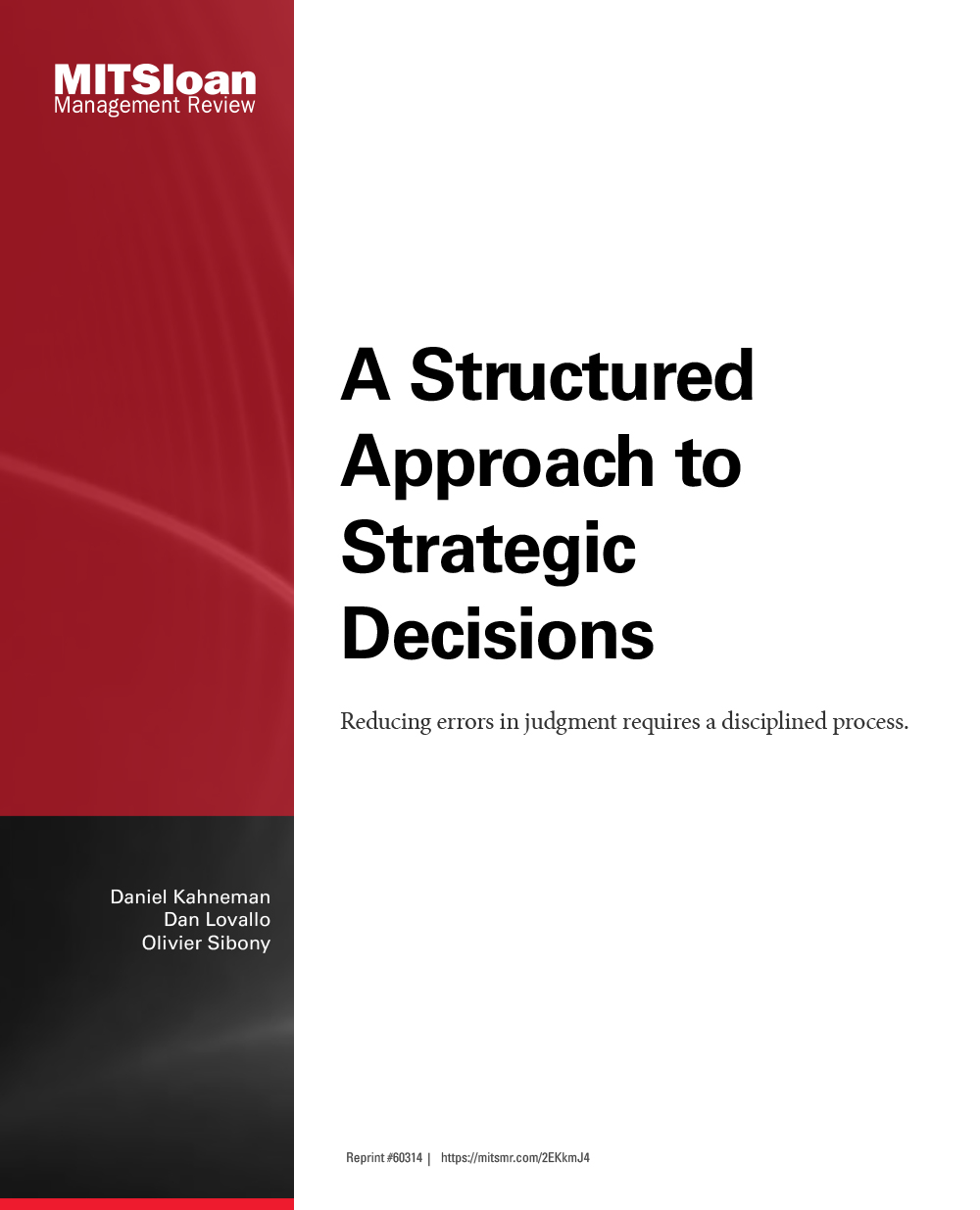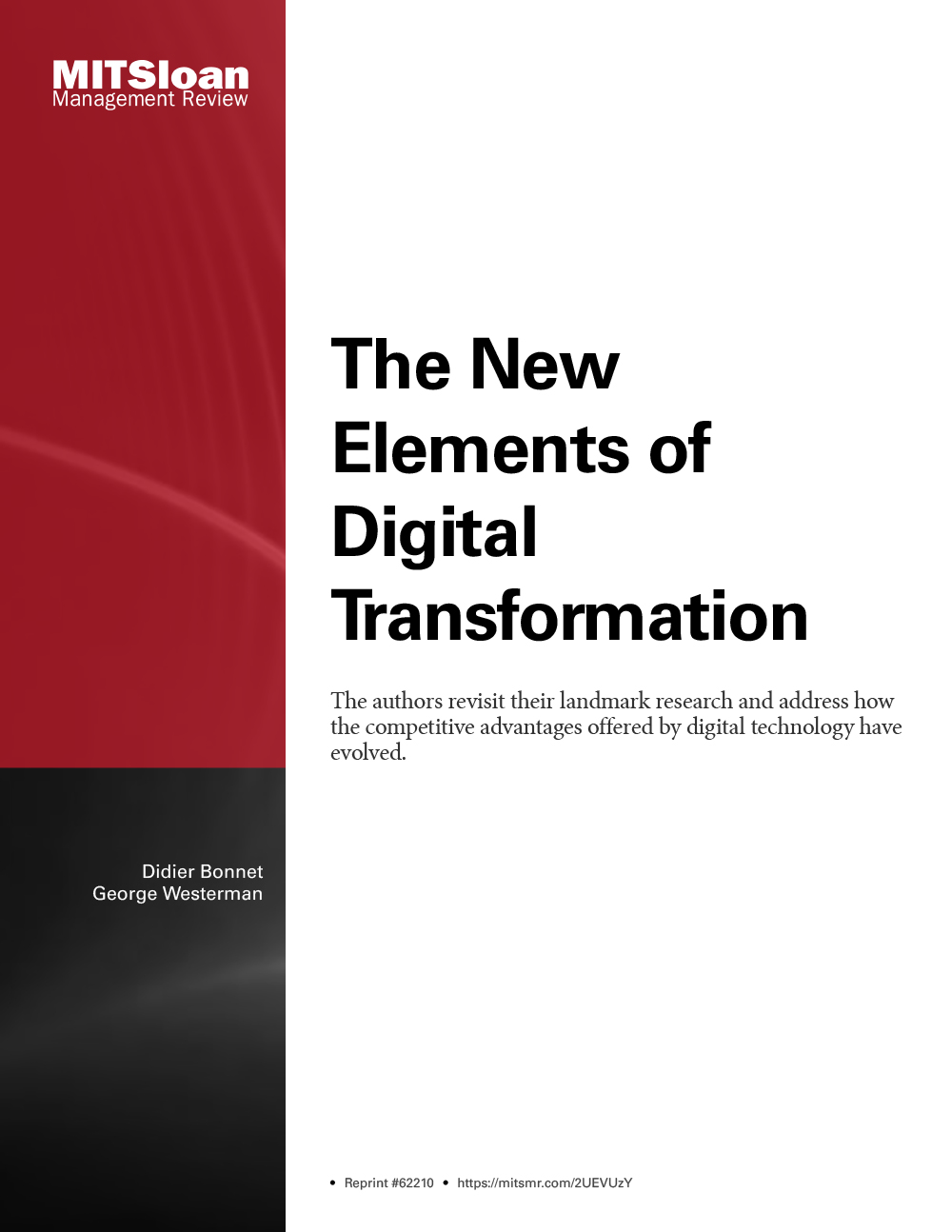
A Leveraged Learning Network
Growing recognition of the importance of supply chain management has prompted firms in the automotive industry to adopt new practices, including tiered supplier partnerships and supplier associations. While these approaches have been successful in the automotive industry, they may not be applicable to all firms. As an alternative, the authors propose the leveraged learning network. They use the experience of the High-Performance Manufacturing (HPM) Supplier Consortium developed by Allen Bradley Canada, a manufacturer of electric control panels, to explain how these networks operate and the results they achieve.
The leveraged learning network is appropriate in cases where the buyer needs to improve supplier performance but lacks the power to compel the necessary improvements. Allen Bradley's initiatives to enhance supplier performance led to the development of a supply consortium; a reorganization culminated in the creation of HPM, a consortium of independent suppliers whose goal is "to work together to enable each member to optimize its competitiveness . . . using shared resources and experience."
The consortium conducts a variety of education programs. A facilitator ensures that ideas and information flow continuously among the membership. Allen Bradley has greatly benefited from the suppliers' efforts to strive for world-class standards through reductions in defects, prices, and lead times; greater conformance to schedules; and better service. At the same time, the leveraged learning network poses difficulties, such as the buyer's forfeiture of control over membership and the need to dismiss members who fail to contribute sufficiently to the learning process.
The challenge for managers and researchers is to determine the best conditions under which to choose either the tiered supplier partnership approach or the learning leveraged network. While the latter offers many potential opportunities, much work needs to be done to explore further its costs, benefits, and limitations.




